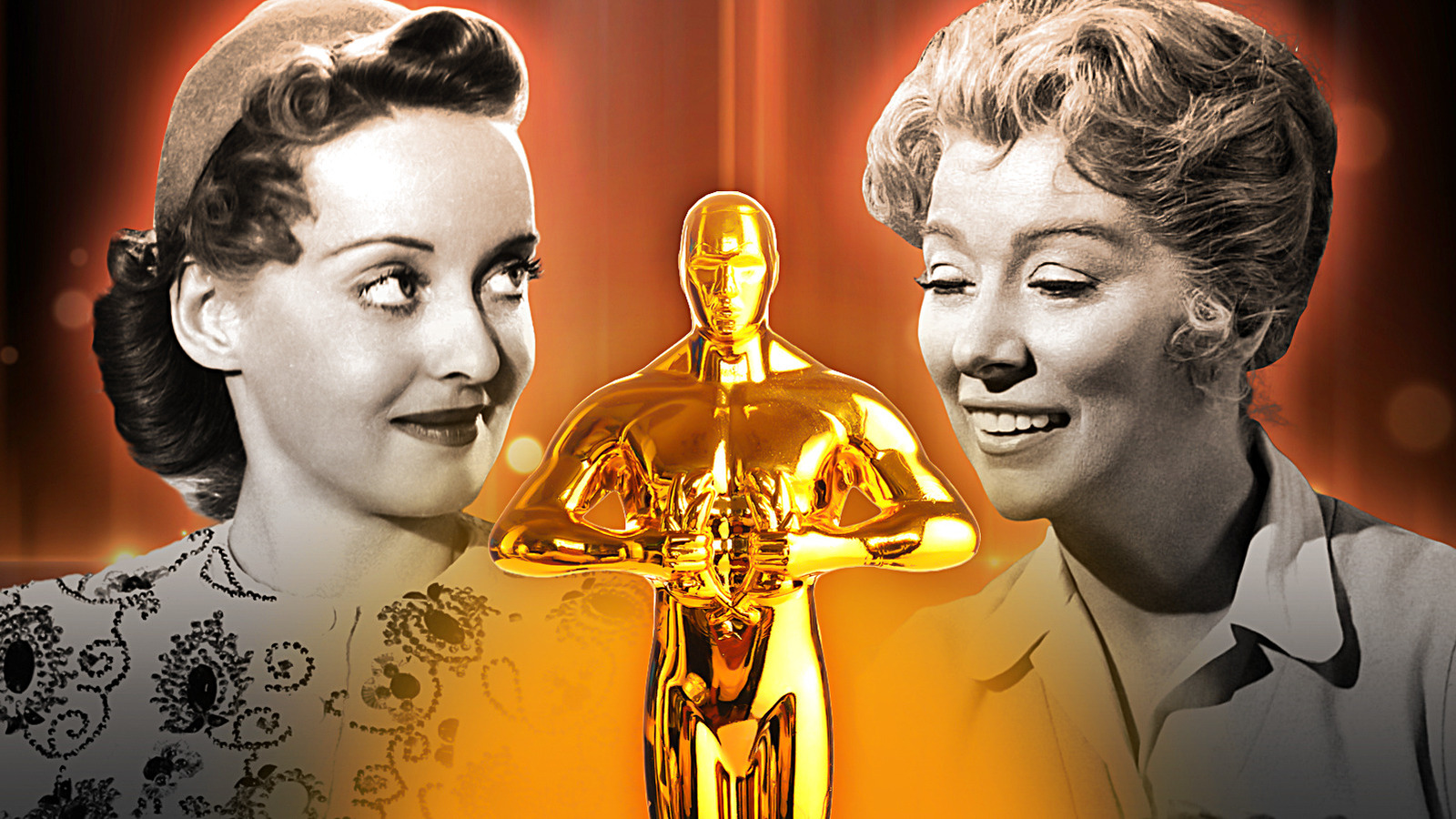
Bette Davis and Greer Garson’s Remarkable Oscars Record
Bette Davis, often hailed as one of the greatest actresses in cinema history, amassed an astonishing 11 Academy Award nominations for Best Actress throughout her illustrious career. Interestingly, there’s a bit of debate among Oscar enthusiasts regarding this number. Some argue it was actually 10 nominations because her 1934 nomination for “Of Human Bondage” was a rare write-in vote, yet Davis still secured a notable third place that year. Despite her impressive nominations, she only clinched the Oscar twice. Her first win came for “Dangerous” in 1935, followed by a triumph for “Jezebel” in 1938. It was during the latter that Davis embarked on a remarkable streak of consecutive nominations, receiving nods for five straight years.
In 1939, she was recognized for “Dark Victory.” The subsequent year, she was nominated for “The Letter.” In 1941, it was “The Little Foxes,” and in 1942, she received her last nomination during this period for “Now, Voyager.” In that very year, Davis lost out on the Best Actress award to none other than Greer Garson, who starred in the Best Picture-winning “Mrs. Miniver.” Garson herself was enjoying a significant Oscars run. In 1941, she snagged a nomination for “Blossoms in the Dust” and followed it up with a nod for her role in “Marie Curie” in 1943. Garson was recognized again in 1944 for “Mrs. Parkington,” culminating in her fifth consecutive nomination for “The Valley of Decision” in 1945. In total, Greer Garson earned seven Best Actress nominations over her career.
To date, no other performers have matched the stunning five-year streak of nominations achieved by Davis and Garson. They undeniably stood out as titans of acting in their era. Considering both actresses held the spotlight during each year from 1938 through 1945, one might wonder about their main competitors.
The year 1939, famously known for “Gone with the Wind,” was a standout in Oscar history with 13 nominations and eight wins. A notable accolade was awarded to Vivian Leigh for her portrayal of Scarlett O’Hara. Interesting lore suggests Davis was initially considered for the role but declined, leading to her performance in “Jezebel,” which came out a year before the release of “Gone with the Wind.”
In 1940, it was Ginger Rogers who took home her only Oscar for her role in “Kitty Foyle,” which feels surprising given her legendary status in Hollywood. The year 1941 marked the first occasion where both Davis and Garson faced off for the Best Actress Oscar, but the award ultimately went to Joan Fontaine for “Suspicion.” The following year, Garson triumphed over Davis, as well as esteemed actresses like Katharine Hepburn and Rosalind Russell.
In 1943, Davis did not receive a nomination, and Garson lost to Jennifer Jones in “The Song of Bernadette.” That same year, Ingrid Bergman received a nomination not for her iconic role in “Casablanca,” but for “For Whom the Bell Tolls.” Jennifer Jones then carried the mantle from Garson, earning three consecutive nominations, starting with “Since You Went Away” in 1944, followed by “Love Letters” in 1945, and concluding with “Duel in the Sun” in 1946. Jones joins a broader club of actors who have received four consecutive nominations, including Marlon Brando, Elizabeth Taylor, and Al Pacino, highlighting the competitive nature of the Oscars across the decades.



